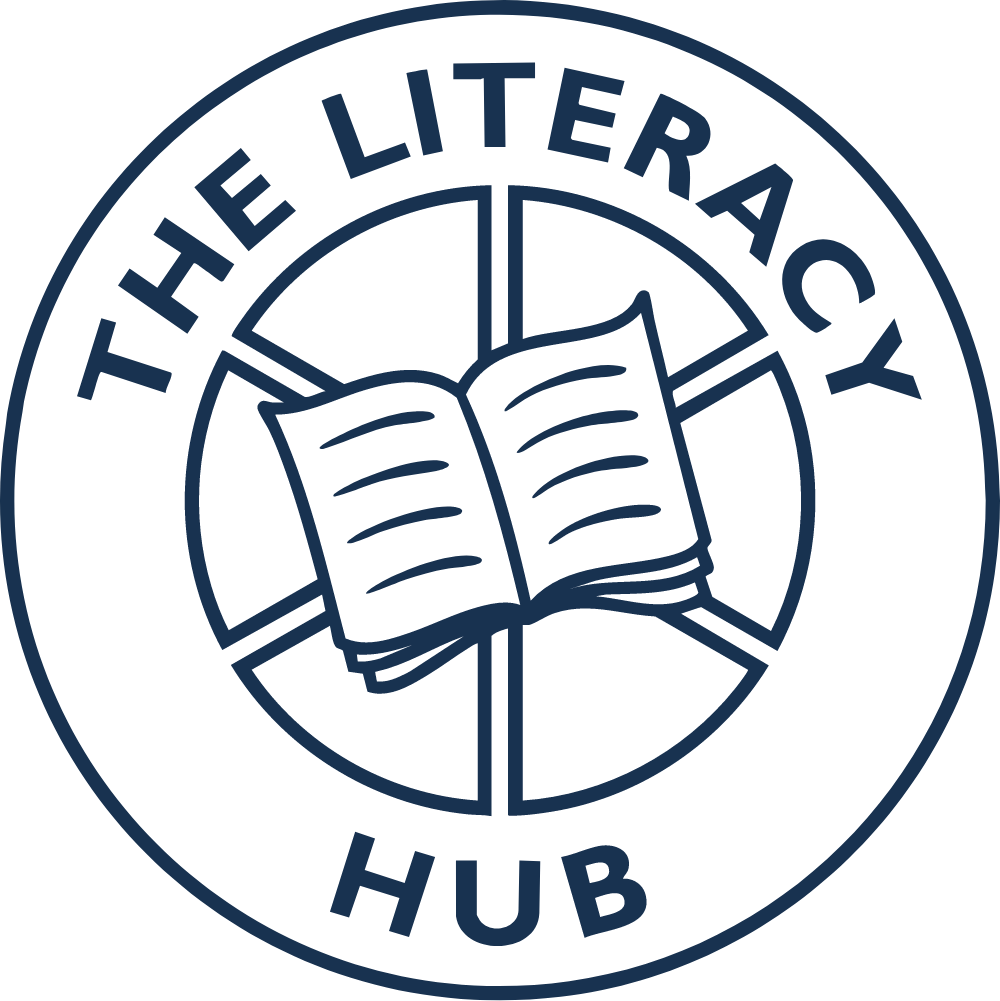Closing the Vocabulary Gap
Closing the Vocabulary Gap
by Alex Quigley
An introduction to why teaching vocabulary is important, and some practical suggestions for ‘closing the vocabulary gap’
This short introduction to teaching vocabulary is part of Alex Quigley’s ‘Closing the Gap’ literacy series, alongside Closing the Reading Gap (reviewed here) and Closing the Writing Gap.
What it’s about
Chapter 1 points out that the vocabulary gap begins early, with vast differences in the number of words that young children are exposed to within their family environment. Quigley cites evidence that poorer vocabulary at a young age is linked to lower reading comprehension scores, and also to higher unemployment rates and mental health issues as adults (pp. 4–6). Therefore, tackling the ‘vocabulary gap’ is crucial for social mobility.
Chapter 2 places vocabulary in the context of the wider components involved in learning to read, such as phonemic awareness, phonics, fluency, vocabulary and comprehension.
Chapter 3 takes a look at etymology as a tool for improving vocabulary depth. That is, knowing the etymological roots of a word such as democracy (from Greek demos ‘people’ and kratia ‘power’) can create a deeper, more complete understanding of a word that enables pupils to use it accurately in different contexts, and to make connections with other words (e.g. aristocracy, plutocracy).
Morphology (word structure) is also introduced as a basis for understanding and building words by thinking about prefixes, roots/bases, and suffixes.
Chapter 4 looks at the concept of academic vocabulary, highlighting the contrast between the fairly basic words that we encounter in everyday talk, and the more advanced words that are found in books and school curricula.
Disciplinary literacy is the topic of Chapter 5, which discusses how different subjects may need to approach vocabulary teaching in different ways. For example, maths and science may be concerned with conveying very specific and technical meanings, while English and Humanities subjects may focus more on understanding a range of words and how they can be used in different contexts.
Chapter 6 integrates spelling with vocabulary teaching. When new vocabulary is introduced, it’s an opportunity to dissect the spelling in a way that helps students to see the connections between words.
Chapter 7 summarises strategies for introducing vocabulary, consolidating learning, promoting reading for pleasure, and increasing academic talk. Finally, Chapter 8 takes an overview of vocabulary teaching within the classroom and across the whole school.
The good
Alex Quigley does a convincing job of highlighting the important role of vocabulary in student achievement, and teachers’ lack of confidence in teaching vocabulary:
“The stark reality is that most teachers are uncomfortable, or simply not familiar, with tackling vocabulary beyond sharing dictionary definitions and using the context of the sentence to teach a word.” (p. 51)
In an easy-to-read style, he covers lots of aspects of vocabulary teaching, and includes practical suggestions
The less good
Ironically for a book about vocabulary, this is rather too wordy for me. It could have been half as long without losing much of the useful content.
I also wanted more detail about how to teach vocabulary, so that I could really visualise how the strategies would work in practice. I felt that, in trying to appeal to a wide audience of teachers, there was a lack depth in how some of the strategies were presented.
The takeaway
If you’re short on time, just read Chapter 7!
Alex Quigley himself refers to the well-known book Bringing Words to Life (reviewed here) as a “seminal work” (p. 87) and “brilliant” (p. 138). If you’re just buying one book on vocabulary, I’d go for Bringing Words to Life, as it is packed full of detailed, practical examples. However, Closing the Vocabulary Gap can complement Bringing Words to Life because it provides more of an overview of vocabulary teaching, there is more emphasis on etymology and spelling, and there is more of a secondary school focus.

